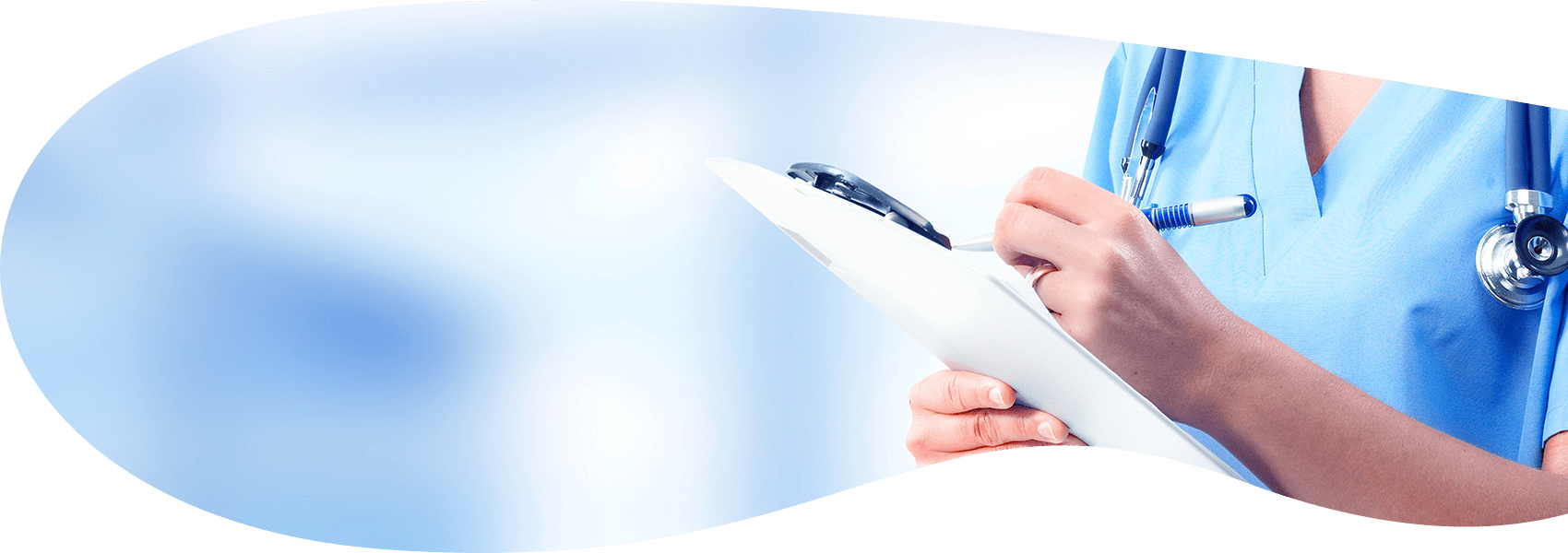Dialysis
Usually, patients with chronic renal failure do not develop severe symptoms until renal function is reduced to 10-15%.
By this stage, decompensation can maintain basic bodily functions. When kidney function falls below the threshold of 10 ml/min (less than 15 ml/min in diabetic patients), decompensation is no longer sufficient for maintaining normal bodily functions and renal function must be substituted.
Dialysis is a method that replaces renal function (the other two are peritoneal dialysis and transplantation).
This process uses the patient's blood, a filter and a special liquid solution through which waste accumulated in the body is discharged and useful ingredients are taken in. Basically, this is a closed circuit that runs through the dialysis machine.
To achieve high blood flow, the vascular surgeon creates an arteriovenous (AV) fistula between the patient’s artery and vein. Alternatively, if the patient's veins are not suitable, the surgeon can use a plastic graft between the artery and a larger vein or a catheter in a central vein (jugular or subclavian).
The advantages of hemodialysis include the ongoing contact with the doctor, three times a week sessions, and the fact that no special equipment is required at home.
Where and when does dialysis take place
Hemodialysis usually takes place in dialysis units, which either operate autonomously or as individual departments in hospitals or clinics.
Home dialysis is very common abroad and patients are treated with the use of their own equipment at home.
Classic dialysis is performed three or four times a week. The duration of a session is usually 3 to 5 hours.
There are also various other forms of dialysis, such as the 8-hour overnight dialysis in France, extended nocturnal home dialysis (up to 6 nights a week) and daily short-term hemodialysis sessions.
We should also mention the different types of dialysis, such as on-line hemodiafiltration, which is a true breakthrough in nephrology and is used in all our centers.
In recent years, biotechnology focuses on finding improved forms of dialysis that simulate normal renal function as much as possible.
On-line hemodiafiltration is one such renal function replacement technique that combines both purification methods, diffusion and filtration and uses liquid solution, which is a sterile pyrogen produced during the dialysis session, as substitute.
The major indications for using this method are symptomatic hypotension episodes, especially for patients with impaired cardiovascular function, and better regulation of fluid loss in such patients, while several studies conducted in recent years found better cleansing levels of creatinine, urea and phosphorus and significant reduction of beta2 microglobulin, a substance that accumulates in hemodialysis patients and often causes bone pain.
All of the above show that on-line hemodiafiltration not only causes fewer episodes of symptomatic hypotension, but offers better quality of life and improves uremic polyneuropathy, and is likely to prevent dialysis-related amyloidosis. Finally, on-line hemodiafiltration is believed to contribute to the increase of life expectancy.
How dialysis is performed
Haemodialysis is the renal replacement therapy that is most frequently used today.
This process requires:
1. A Vascular access, which is an arteriovenus fistula, a synthetic graft, or a haemodialysis catheter, either a temporary or a permanent one
2. Needles and dialysis lines
3. A haemodialysis filter
4. A dialysis solution
Description of a haemodialysis session in simple words
The point of access to the patient’s circulation (fistula, graft or dialysis catheter) is connected to the machine via the haemodialysis needles or, in case of a catheter, via the blood lines.
The patient's blood contains metabolic waste products that are collectively called uremic toxins (urea, creatinine etc.) that need to be cleared. During haemodialysis, it is transferred through a special line (arterial line), with the help of a dialysis machine pump, to the dialysis filter. The filter is fabricated from a semi permeable membrane that selectively allows the exchange of molecules between the blood and the dialysis fluid. As the patient’s blood flows through the filter, uremic toxins are removed from it and are transferred to the dialysis solution (or dialysate).
Excessive water is removed at the same time.
The processed blood is returned to the patient via a second line (venous line).
This procedure is repeated several times during the session, leading to fluid and electrolytes balance and thus ensuring survival.
Direct access to the patient's circulation also enables intravenous administration of vitamins, erythropoiesis-stimulating agents and other necessary medications during a dialysis session. To achieve exceptional haemodialysis quality, all factors involved must be of top quality, starting from the filter.
Will my life change with dialysis and how?
Dialysis is an ongoing and repetitive process.
Patients must adjust to a new lifestyle that involves spending a lot of time in haemodialysis units, following specific diet rules and taking several medications.
Progress in infrastructure, with the establishment of Independent Dialysis Units based on high standards in terms of facilities, hygiene etc., has significantly improved the patients’ psychology and quality of life.
By quality of life, we mean the way we function within a society and how we experience the very existence of the human life.
The development of biotechnology and pharmaceuticals through the introduction of new high flux filters and new methods of on-line dialysis contribute to the prevention and suppression of complications of chronic kidney disease and function as a shield for the patient.
Modern dialysis regards patients as active members of society and in all aspects of everyday life (work, sports, studies, etc.).
Good quality of life is based on the fruitful cooperation between patients, doctors and nursing staff, and also on the philosophy of treating haemodialysis patients as valuable and separate entities.

